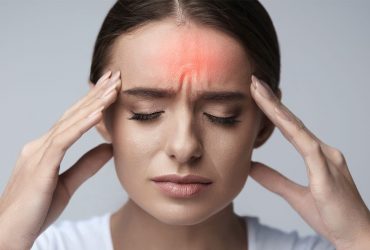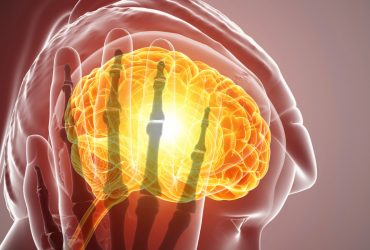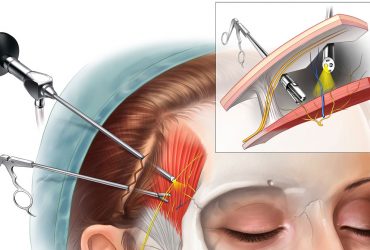The arrival of spring months, flowers blooming, longer days and the warming weather gives most of us pleasure. With frequent weather changes, spring time creates surprises causing migraine pain to become more frequent.
There are cavities in our skull called sinus. These sinuses are usually in harmony with the air pressure around us. During spring, the weather changes frequently, the fluctuations on the atmospheric pressure cause pain in the sinus and in some cases, facilitate the emergence of migraine attacks.
Many studies show a relationship of migraine with allergic rhinitis and asthma. An individual with allergic flu or allergic rhinitis develops runny nose, redness and itchiness when in contact with an allergic substance. One study showed that 34% of people with allergic rhinitis had migraine. The increase inflammation in individuals with allergy is thought to easily trigger migraine. It was suggested that this is the reason why migraine headaches become frequent in individuals with increase allergy complaints during spring.
One of the most frequent pain during spring time is cluster headache. Cluster headache, which is more common among males, manifest as a severe unilateral pain. The pain is generally situated in or around one eye and at the temple. Symptoms include, painful teary eyes, redness, stinging sensation, drooping eyelid and stuffy or runny nose on the affected side. The pain can take up to 3 hours and often regress spontaneously within a few weeks.
Cluster headache typically occurs at the same time of day and may occur several times a day. Although this pain is often confused with migraine, nausea and vomiting, which is common in migraine, does not occur with this type of pain.
Preventive treatment for cluster headache prescribed mostly by Neurologist is a good option because many painkillers are ineffective. In most patients, breathing oxygen with a mask reduces the pain within few minutes. Alcohol and lack of sleep should be avoided during the period of cluster pain.
To control headaches during spring:
- Follow the changes in the weather forecast. Stay indoor during windy, rainy or extremely hot weather.
- Be proactive and cautious. Review allergy treatment with your doctor, identify allergic substances and control your allergies.
- Ensure a proper diet, do not disturb your sleep and drink plenty of water.
- Keep a pain diary. Contact your neurologist if pain becomes more frequent.








